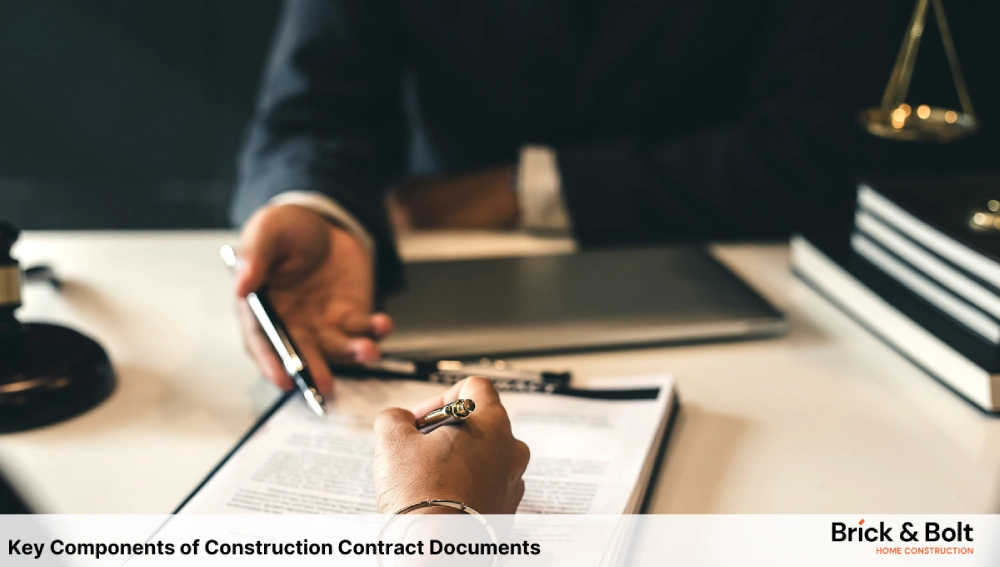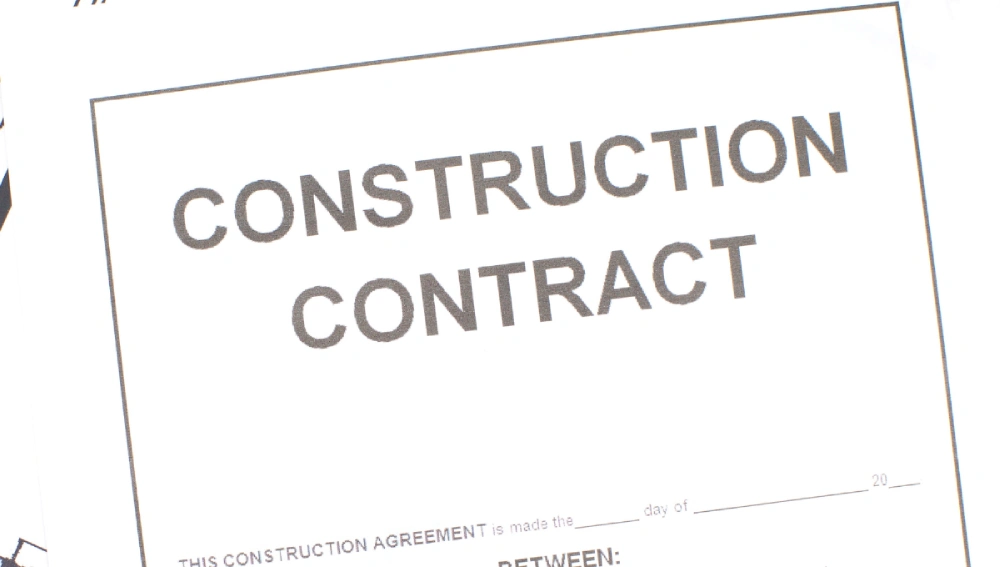Construction contract documents outline terms, conditions, and responsibilities for each stakeholder, making sure each knows what to do. This blog article will explain the meaning of these documents, what they include, and why they are crucial to project success.
What are Construction Contract Documents?
Construction contract documents are a mix of written and graphic papers. They define the legal relations for a construction project. These include documents defining the parties’ duties, the project’s needs, the work, and the contract’s duration. They also cover other factors that guide project implementation.
Importance of Construction Contract Documents
Construction contract documents are crucial to completing projects successfully. They have many benefits and functions. These documents provide clarity, reduce risks, and set a framework for managing and communicating between stakeholders.
Benefits:
- Contract documents clearly outline the project scope and deliverables.
- Establish contractual terms, ensuring transparency for all stakeholders.
- Framework for good project management, communication, and collaboration among stakeholders.
- Ensures that the terms and conditions can be enforced if needed.
- Serve as a reference for project documentation and management strategies.
- Assess the interests of all parties included in the construction process.
- Ease effective communication and collaboration among project stakeholders
- It provides a basis for dispute resolution. If needed, it allows for legal enforcement.
- It helps reduce risks.
- Legally bound.
Key Components of Construction Contract Documents

Several parts of construction contract documents are crucial. They create the contract and define its terms and conditions. Understanding these parts is important. It helps you make clear contract documents.
1. The Agreement
This is the main document. It defines the legal relations between the owner and contractor. It contains terms, conditions, and obligations for each party.
2. General Conditions
General conditions define the basics of the construction contract. They cover provisions not about construction work, including managerial, insurance, and legal clauses. They also cover provisions about the dispute mechanism.
3. Special Conditions
These are the conditions that relate to the project or contract under consideration. They may have special requirements or be an addition to the general conditions.
4. Scope of Work
It outlines the services and products the contractor has to deliver. It lists the tasks and responsibilities of the contractor for the project. It also says what is beyond the contractor’s work.
5. Construction Drawings
Construction drawings are pictures of the construction work. They show things like the amount, size, and depth of the work to be done.
6. Specifications
Specifications outline the technical details of a construction project. They cover how the project will be done. They also cover the materials to be used. They specify the project’s work standard and other technical details.
7. The Schedule
A proper schedule helps in drawing up the appropriate project timeline and clearly communicating the expectations.
8. Schedule of Values
The schedule of values splits the contract sum into work sections. This makes it easy to submit payment applications. It also makes it easy to control finances during the project.
9. Bill of Quantities
The bill of quantities shows all the works and their quantities.
Roles and Responsibilities in Preparing Contract Documents:
- The owner must provide the project requirements and scope of work. They must also provide any specific conditions or restrictions.
- The architect or engineer prepares the construction drawings. They also make the specifications and technical requirements for the project.
- Legal counsel drafts and reviews contract terms. They do this to make sure the terms follow the law.
- The contractor must review the contract documents, submit bids and tender document, and perform the work as the contract requires.
Contract Document Management:
- You need proper document control and storage to manage construction contract documents.
- You should establish change management procedures. They will handle changes to the contract during construction.
- Keep contract documents for a while after the project to handle legal and warranty issues.
Conclusion
In conclusion, careful planning and management of construction legal papers are important. They reduce risk and aid a well-coordinated construction process.
Due to their importance and key features, owners, and contractors can use these documents to improve projects and meet goals.
FAQs
The five key components of construction contract documents are:
1. The Agreement
2. General Conditions
3. Special Conditions
4. Scope of Work
5. Construction Drawings
Owners or overseers usually write the contract documents. They may get help from architects, engineers, or legal counsel. The goal is to give full and accurate accounts of the project’s specifications.

